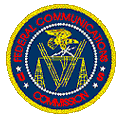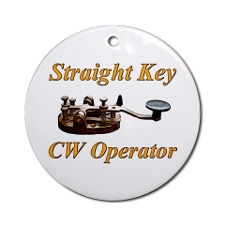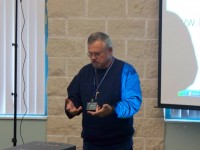 The rule proposal is RM-11708
The rule proposal is RM-11708
Time is running out for comments on the ARRL proposal to modernize the FCC’s digital regulations. The current rules date from the 1980’s before modern modulation schemes were available. The end result is that we are limited in how fast we can send data by these rules. Right now, the rest of the world (advanced technology societies such as Mexico, Haiti, and others) can use the latest digital techniques while we can’t. The result is actually more bandwidth utilization due to slower speeds.
(http://apps.fcc.gov/ecfs/comment/view?id=6017477458) and comments can be filed until December 21. The proposal would not increase the frequencies used for digital communications and would not result in any degradation to existing operations. It would increase the efficiency of spectrum utilization by allowing digital messages to be sent roughly twice as fast so they would be on the air half as long. It would also allow continued development of newer techniques that could be even more efficient. Without the rule change, US amateurs will be shackled with an obsolete regulation while the rest of the world moves ahead.
I encourage you to fill your own comments with the FCC. You can do so on their web site with an express filing which only takes a few minutes.
Jim Russell, NQ5L
ARRL STX SEC



 1) Object: This is a friendly meeting on the air using straight keys. The object is to simply have fun and enjoy making CW QSOs, preferably with a manual sending device. Any CW is permissible, but straight keys are preferred. Many stations also enjoy using vintage gear, but this is not required. Break out those old J-38s and break the rust off!
1) Object: This is a friendly meeting on the air using straight keys. The object is to simply have fun and enjoy making CW QSOs, preferably with a manual sending device. Any CW is permissible, but straight keys are preferred. Many stations also enjoy using vintage gear, but this is not required. Break out those old J-38s and break the rust off!